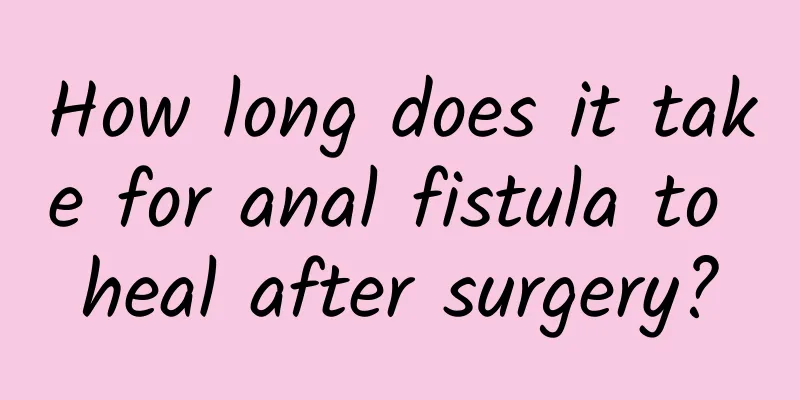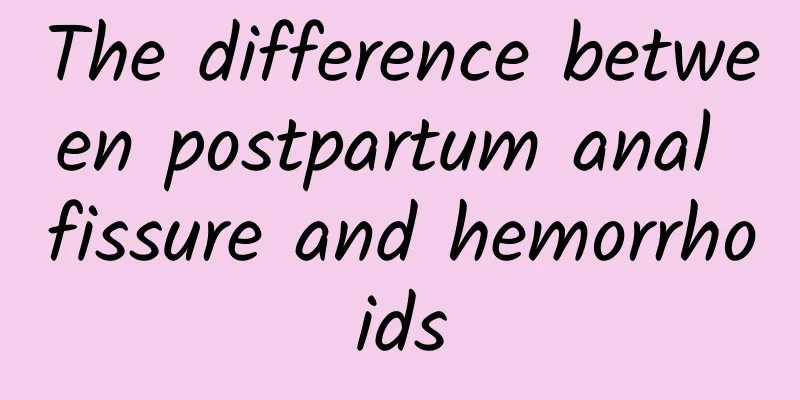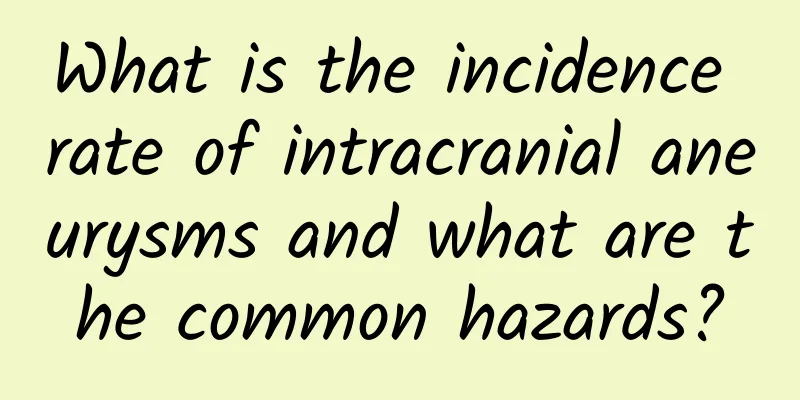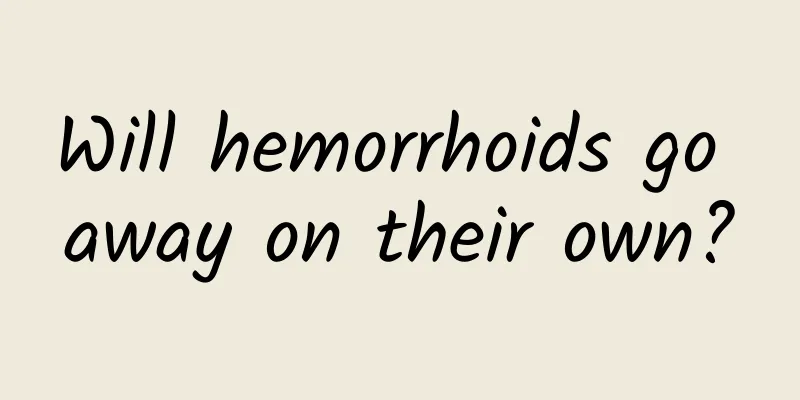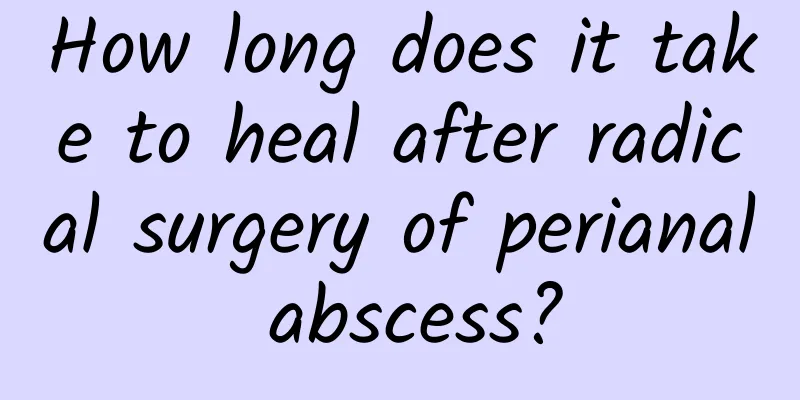The Difference Between Heel Pain and Bone Spurs

|
Heel pain and bone spurs are two different foot problems. Heel pain is a symptom, while bone spurs are a manifestation of bone hyperplasia. Heel pain may be caused by a variety of reasons, such as plantar fasciitis, Achilles tendonitis or fat pad atrophy, while bone spurs are bone hyperplasia caused by long-term force or wear. The two may exist at the same time, but they are not necessarily related. 1. Causes and treatment of heel pain Heel pain is common in plantar fasciitis, which is an inflammation caused by long-term overstretching or injury to the plantar fascia. Achilles tendonitis may also cause heel pain, which manifests as pain and swelling in the Achilles tendon area. Fat pad atrophy is more common in the elderly, and the thinning of the heel fat pad leads to a decrease in cushioning capacity. Treatments for heel pain include: plantar stretching exercises, 10-15 minutes of plantar fascia stretching every day; wearing arch support insoles to reduce pressure on the sole of the foot; physical therapy such as ultrasound or electrotherapy to promote the disappearance of inflammation. 2. Causes and treatment of bone spurs Bone spurs are spike-like structures formed by local bone hyperplasia due to long-term pressure or wear on bones. They are commonly found in the heel, knee joint or spine. The formation of bone spurs is related to factors such as age, weight, and poor posture. Bone spurs themselves may be asymptomatic, but they can cause pain when they compress surrounding tissues. Treatments for bone spurs include: losing weight to reduce the burden on bones; adjusting posture to avoid standing or walking for long periods of time; and medications such as nonsteroidal anti-inflammatory drugs to relieve pain and inflammation. 3. The relationship between heel pain and bone spurs Heel pain and bone spurs may coexist, but not all heel pain is accompanied by bone spurs. Patients with plantar fasciitis may develop heel spurs due to long-term inflammatory stimulation, but the bone spurs themselves do not necessarily cause pain. The key to distinguishing the two is imaging examinations, such as X-rays or MRIs, which can determine whether bone spurs are present and the specific cause of heel pain. Heel pain and bone spurs are two different foot problems that may coexist but require different treatments depending on the specific cause. Treatment for heel pain focuses on relieving inflammation and improving foot mechanics, while treatment for bone spurs focuses on reducing pressure and relieving symptoms. With proper diagnosis and treatment, foot discomfort can be effectively improved and the quality of life can be enhanced. |
<<: How to treat osteoporosis at the age of 47
>>: Cervical vertebrae hyperplasia head buzzing
Recommend
Are internal hemorrhoids serious?
Are internal hemorrhoids serious? Internal hemorr...
What causes ventricular septal defect in infants?
The causes of ventricular septal defect in infant...
How long does it take to get out of bed after lower extremity venous thrombosis?
After the condition of lower extremity venous thr...
What department should I go to for examination if I have hemangioma on my skin?
If you have a hemangioma on your skin, it is reco...
Can moxibustion be used for breast cysts?
Breast cysts cannot be treated simply by moxibust...
What foods can help mixed hemorrhoids heal quickly?
Patients with mixed hemorrhoids can relieve sympt...
Characteristics of peripheral arthritis in ankylosing spondylitis (AS)
The incidence of AS peripheral arthritis is relat...
What are the symptoms of intestinal obstruction in newborns?
The main symptoms of neonatal intestinal obstruct...
Effective folk remedies for treating mixed cervical spondylosis
Effective folk remedies for treating mixed cervic...
Is it better to have a high or low pillow?
The height of the pillow has an important impact ...
Can I eat noodles after urinary stone crushing?
After the urinary stone is crushed, you can eat n...
How long does it take to be discharged from the hospital for perianal abscess?
The hospitalization time for perianal abscess is ...
What will happen if perianal abscess is not treated?
If an anal abscess is not treated, it may cause s...
Can the therapeutic device cure hemorrhoids?
Whether the therapeutic device can cure hemorrhoi...
How to treat lumbar disc osteoporosis
The treatment of lumbar disc osteoporosis is usua...
